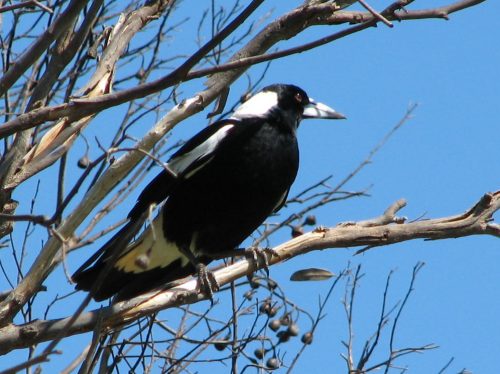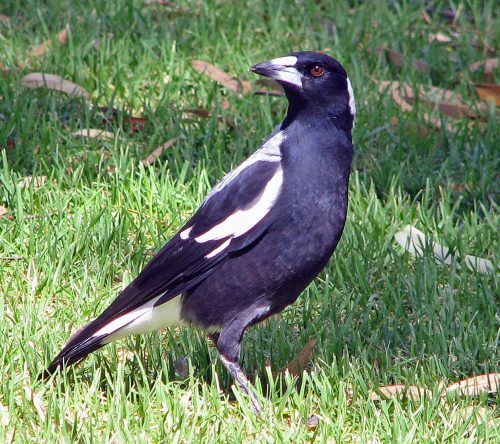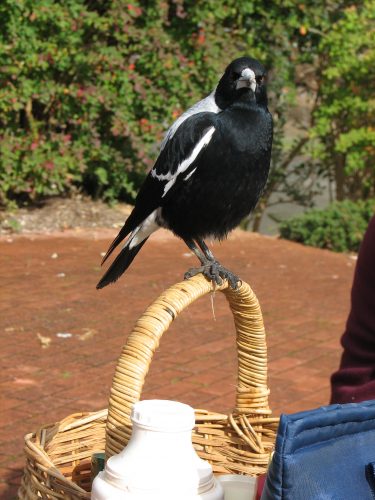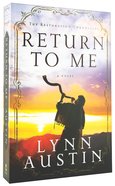What I have been reading

Eleanor Oliphant is Completely Fine by Gail Honeyman.
I took a chance on this popular book and I am so pleased that I did.
Once you get through the first few pages, it is obvious that Eleanor is not completely fine. From a very protected and regimented routine, she learns to accept changes to her life, many of them imposed upon her. This adversely affects her with extreme challenges to every aspect of her rather sheltered life.
Eleanor’s social life is largely non-existent. Her only social contacts are at work in the accounts department of a large graphic design company. She keeps very much to herself and rarely has contact with anyone on weekends, except while shopping. Her solitary weekends are spent alone with two large bottles of vodka to numb the pain of her self imposed social isolation, as well as the memories of a painful childhood.
When she has problems with her work computer she meets the company IT specialist Raymond. He is her complete opposite. She finds his eating habits repulsive, his dress sense totally lacking and his general lifestyle choices unfathomable. In a random act of care, they join forces to help elderly Sammy during a medical episode. From that point on their relationship blossoms into a close friendship.
Eleanor becomes infatuated with a musician who becomes the catalyst for her to undertake a complete makeover in her appearance. When a carefully planned encounter with the “man of her dreams” goes terribly wrong, Eleanor’s world crumbles to ruins around her. She tries to erase the pain through excessive drinking of vodka until Raymond comes to her rescue. At his insistence, she seeks medical help.
Through many sessions with a compassionate and understanding psychologist Maria Temple, Eleanor slowly confronts her horrific childhood memories. The focus of these sessions eventually helps Eleanor to distance herself from her cruel and obsessive “Mummy”.
Her extremely quirky nature reminded me so many times of Don Tillman (The Rosie Project). I very much enjoyed this novel and the twist at the end caught me by surprise.
Brilliantly written.
Highly recommended. I give it five stars.
Reflections on an old story

Australian Magpie
Memory lane
I have been having a trip down memory lane in recent days. I have been typing up an old story I wrote many years ago. In fact, the only copy I appear to have is a typed copy with 1989 on the title page. I was shocked to realise that this story was written nearly 28 years ago. It has languished ever since as one or two copies stored in boxes in our garage. The copy I am using was printed on an old dot-matrix printer. Remember those old clunkers?
Early computers
This story, called Magpie Farm (hence the photo of an Australian Magpies above and below), was typed on either a borrowed Commodore 64 computer or on the Amigo 500 I bought around that time. I can’t remember. I think that it was written during a school holiday break; I was a classroom teacher at the time. Those old computers were wonderful, and I learned so many things about the digital world from them. I still have the old Amiga – in working condition too, though I only fire it up every five years or so. Sadly, the old Amiga discs are not compatible with today’s PCs, hence the need to retype this story.
First novel
I am sure that this was my first attempt at writing a novel for children. At just under 10,000 words it is probably better described as a chapter book. I have since written several more novels for children, of varying lengths and subject matter. I am planning to prepare these for publication sometime this year. They will initially be in eBook format with print on demand paper copies also available.
Background to Magpie Farm
As I type up this story, I recognise many incidents from real life. The main character is a young boy who is afraid of magpies. Some Australian Magpies are notorious for their tendency to swoop people during the breeding season. The boy’s family move to a small farm and he is horrified that there are magpies on the farm. Some of the incidents I have included in the story are drawn directly from my own family’s experiences. A few years before writing this story, we also bought some acreage, though five acres (two hectares) can hardly be called a “farm”. We did have some sheep for a while; I’m not sure if that qualifies it as being a farm.
A problem
I have a serious problem with the story. Several problems, actually.
It is terrible.
Honestly – it needs some serious editing, rewriting and restructuring. The problem is that I have decided to be very strong as I type it up. I tend to edit as I type. This applies to most of my writing these days. The first draft is often very close to the final draft. I rewrite, edit, proofread and so on as I go. Not always, but usually that is my preferred writing style. This time I decided to be very strong and resist all urges to stop and rewrite, edit or change anything. Those steps will come later.
Why is it terrible?
As I type, I find myself wincing often. How could I have written such terrible prose? The dialogue between characters is not all that bad, but the rest of it is quite naive – almost childish. This shows up three basic things:
- I have certainly progressed a long, long way as a writer in the intervening years.
- There is much good material in the story which can be vastly improved.
- I now know what is wrong with the story and the writing, and how to fix it; that comes with experience and heaps of writing practice (over 3 million words later, and counting).
Where to now?
I still have a few chapters to type up. Then I will spend a week or two rewriting whole slabs of the text to bring it up to publishable standards. Later will come the proofreading and copy editing stages before I send my baby out into the world. After that, I have two other longer novels written several years later and they will both need the same treatment.
Is it all worth it?
If the story as it stands now is so terrible in my own eyes, is it worth pursuing and putting in all that work? I believe so. I take this attitude, not because it was my first serious attempt at a novel, but because of feedback from readers.
- At the time I printed out a number of copies and handed them out to friends. They all commented how good it was, and how much they enjoyed it.
- I also read it to several classes I was teaching at the time of writing. I still have contact with many former students who remember the story well.
- I was asked recently by one former student if I had published this story. He added that it had a profound, positive effect on him. It inspired him to become a writer. He has published some of his writing, he has participated successfully in performance poetry events, and he wrote and performed in a musical which was showcased last week at the Adelaide Fringe Festival. This festival is regarded worldwide as second only to the Edinburgh Fringe Festival.
- Wow! I love feedback like that.
Stay tuned
I plan to publish this chapter book (novel?) in the near future, so stay tuned. The launch will be announced on this site, and it will be available through this site.
Good reading. Good writing.
Trevor
Further reading:
- Trevor’s Birding – check out another blog of mine where I also write regularly about Australian birds. I showcase many of my bird photos on that site.

Australian Magpie

Australian Magpie



.jpg)
_small.JPG)